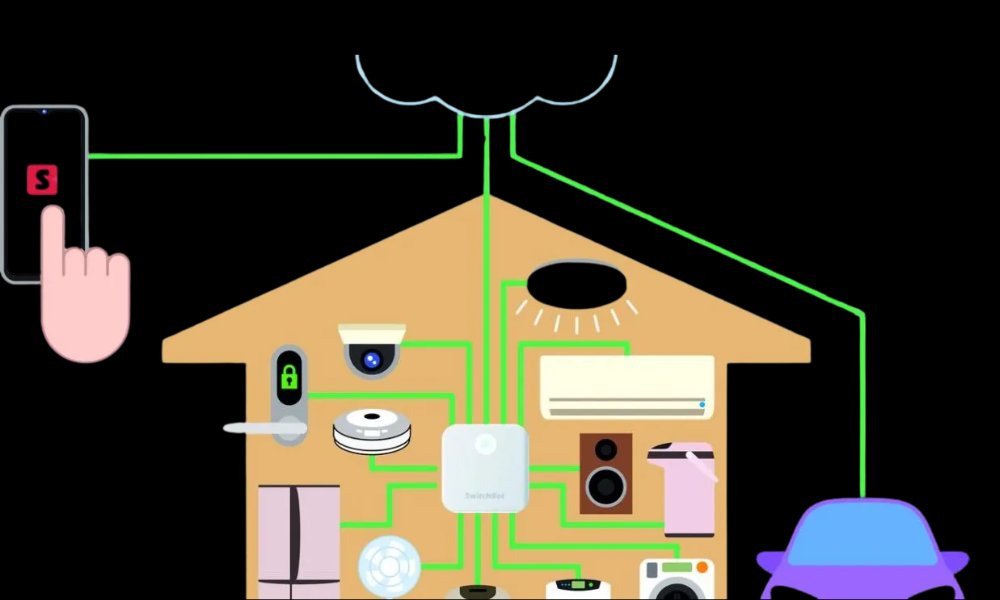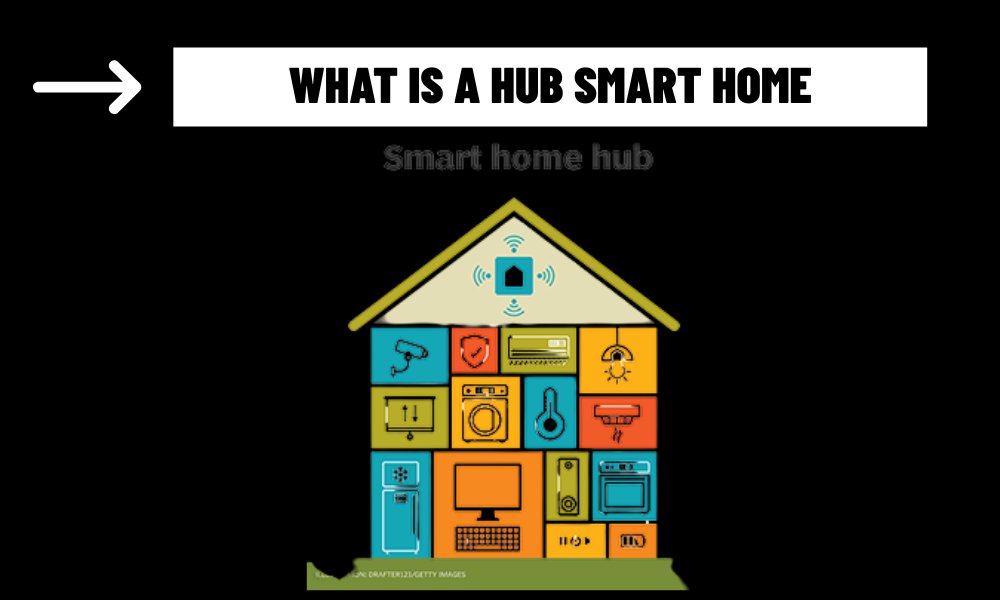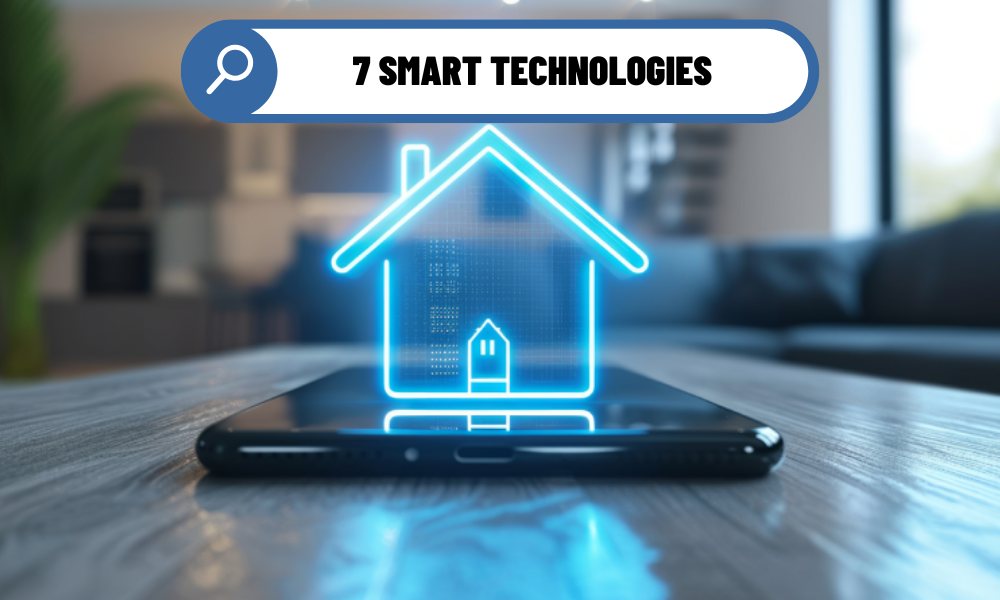Contents
What is a hub smart home?
A smart home hub is a central device or system that connects and controls various smart devices in a home, acting as the “brain” of a smart home ecosystem. The hub allows different smart devices to communicate with each other, even if they are from different manufacturers or use different communication protocols. In essence, it provides a unified platform to manage and automate various smart gadgets, such as lights, thermostats, security cameras, locks, and more, from one place—often through a smartphone app or voice assistant.
Key Features of a Smart Home Hub
Centralized Control:
The hub serves as the primary control center for all connected devices. Instead of controlling each device individually (e.g., using different apps for your smart lights, thermostat, and locks), a hub allows you to control everything from one interface. Whether it’s through a mobile app, smart speaker, or a dedicated control panel, the hub provides streamlined management of your home automation system.
Device Compatibility:
Many smart home hubs are designed to support multiple types of devices, even if they use different communication protocols. For instance, some devices use Zigbee, others might use Z-Wave, Wi-Fi, or Bluetooth. The hub bridges these communication differences and ensures that everything can work together smoothly, regardless of brand or protocol.
Automation and Schedules:
Smart home hubs often come with the ability to automate and schedule tasks. For example, you can set a rule that triggers the smart lights to turn on when you arrive home, or have the smart thermostat adjust the temperature at specific times of the day. Automation allows for seamless operation, making your home more responsive to your needs.
Voice Control:
Many smart hubs integrate with voice assistants like Amazon Alexa, Google Assistant, or Apple HomeKit. This means you can control all your devices using simple voice commands, such as saying “Hey Google, turn on the lights” or “Alexa, set the thermostat to 72 degrees.”
Remote Access:
One of the biggest benefits of a smart home hub is the ability to control devices remotely. With the help of a mobile app or cloud-based system, you can monitor and adjust settings even when you’re away from home. Whether you’re on vacation or just at work, you can make sure everything is running as you desire.

Popular Smart Home Hubs
Amazon Echo (Alexa):
Amazon’s Echo devices, powered by Alexa, can act as a smart home hub. They integrate with a wide variety of smart devices and allow for voice control. In addition, Echo devices are compatible with Zigbee, which enables them to control Zigbee-compatible devices without needing a separate hub.
Google Nest Hub:
Google’s Nest Hub offers a smart display that integrates with Google Assistant and a wide range of smart devices. It allows for voice control and provides a visual interface to control devices, view security camera feeds, adjust your thermostat, and more.
Samsung SmartThings Hub:
The SmartThings Hub is a widely used hub that supports a range of communication protocols including Zigbee, Z-Wave, and Wi-Fi. It works with a large ecosystem of smart home devices and can be controlled through the SmartThings app.
Apple HomePod / HomeKit:
Apple’s HomePod and HomeKit platform integrate devices into Apple’s ecosystem. While not a hub in the traditional sense, HomePod acts as the central hub for controlling HomeKit-compatible devices via Siri and the Home app.
Benefits of a Smart Home Hub
Unified Control: A hub simplifies the process of managing a smart home. Instead of using multiple apps and interfaces, you can control everything from one place, reducing clutter and complexity.
Seamless Automation: With a hub, you can set up automation that makes your home smarter. This might include scheduling devices to perform tasks at certain times, or triggering devices to interact with each other based on specific conditions (e.g., turning off the lights when you leave the house).
Increased Security: By integrating security devices like cameras, smart locks, and motion detectors into a central hub, you can monitor your home’s security in real-time. Many hubs also send push notifications to your smartphone, alerting you to suspicious activity.
Future-Proofing: A smart home hub ensures that as you add more devices to your home, they can be easily integrated and controlled. This scalability allows your smart home to grow and adapt over time without needing to replace or overhaul existing systems.
Conclusion
A smart home hub is essentially the heart of a connected home. By providing a centralized platform for controlling and automating various smart devices, it allows homeowners to create a more integrated and streamlined experience. Whether you’re looking to improve convenience, security, or energy efficiency, a smart home hub offers the foundation for managing all your smart devices in one cohesive system.
If you’re planning to start building a smart home or expand your current setup, investing in a hub is a great way to ensure everything works together seamlessly.



